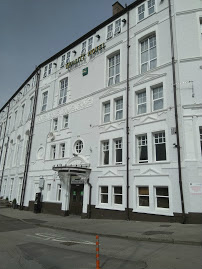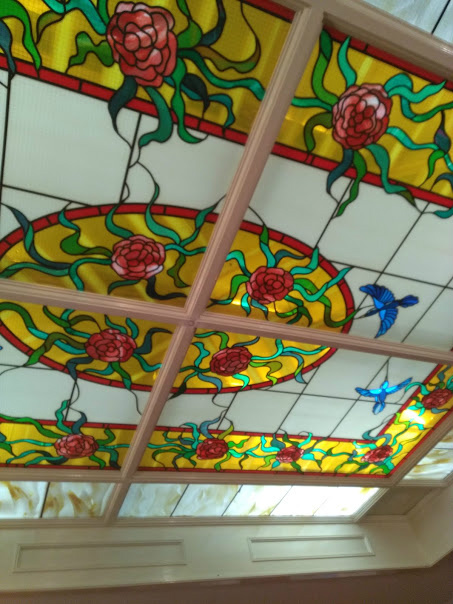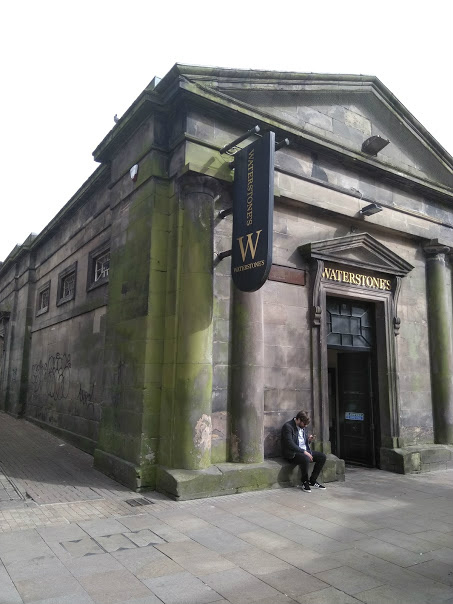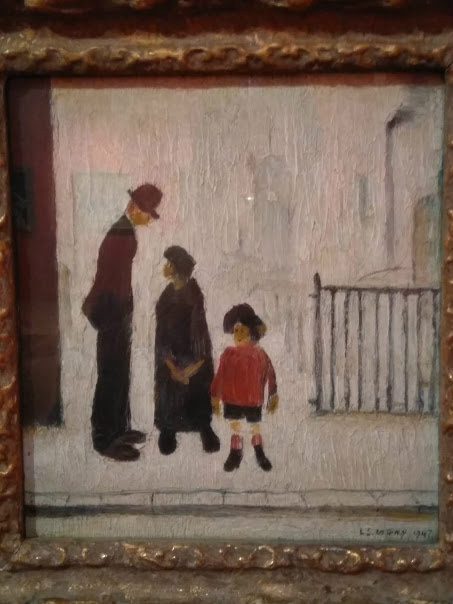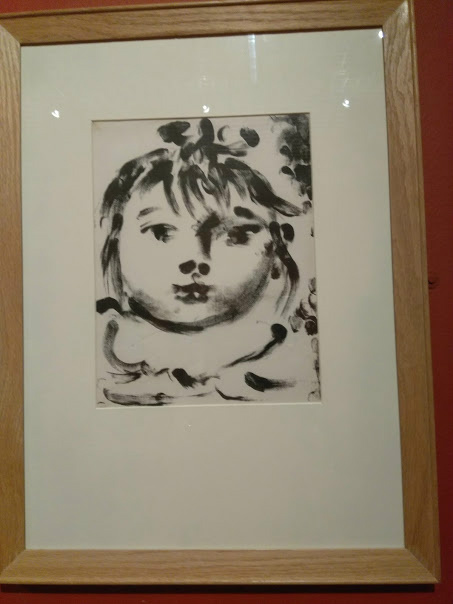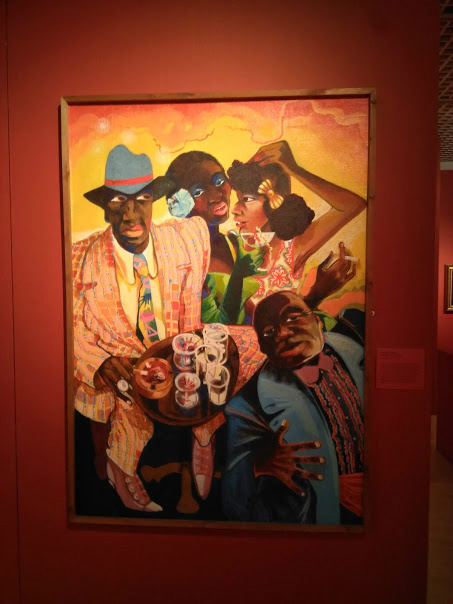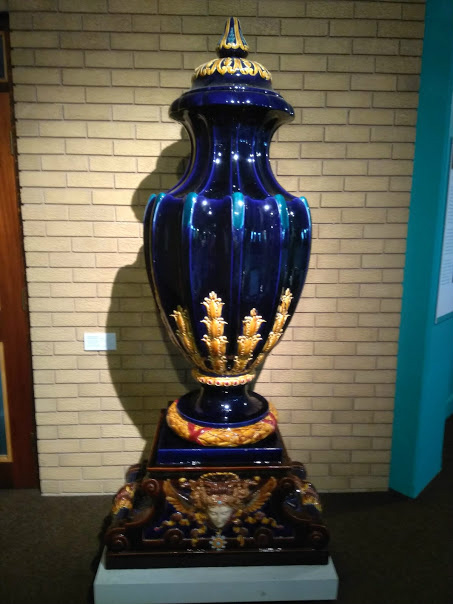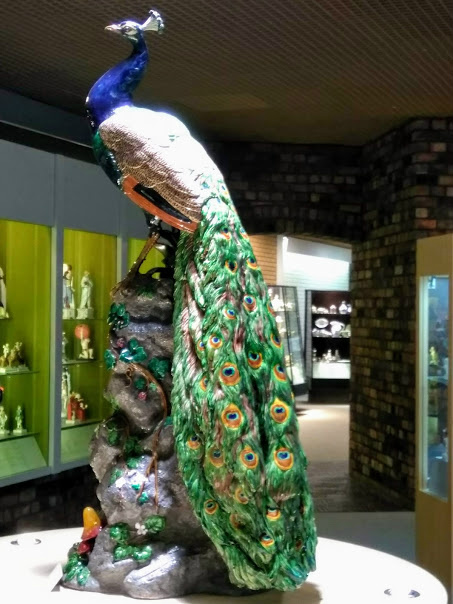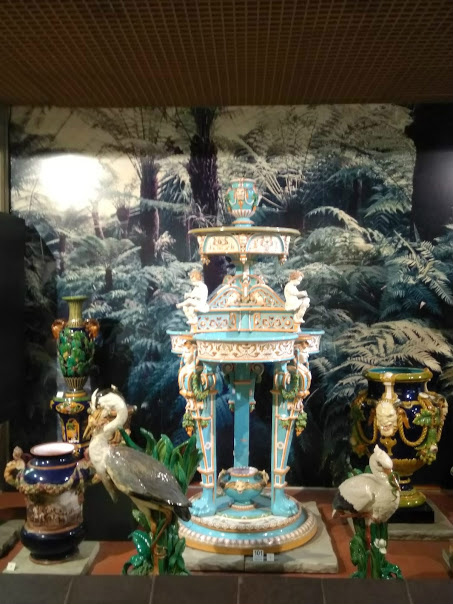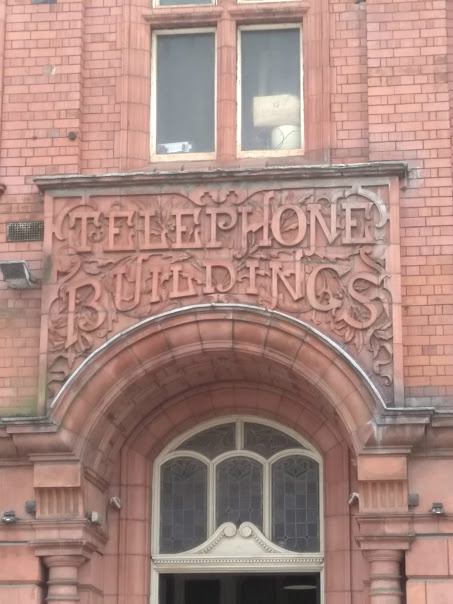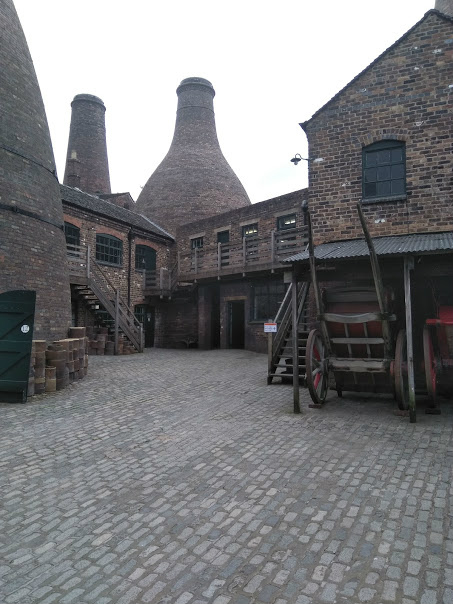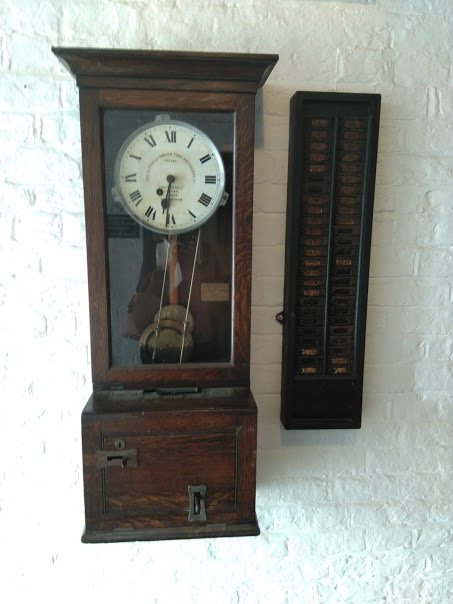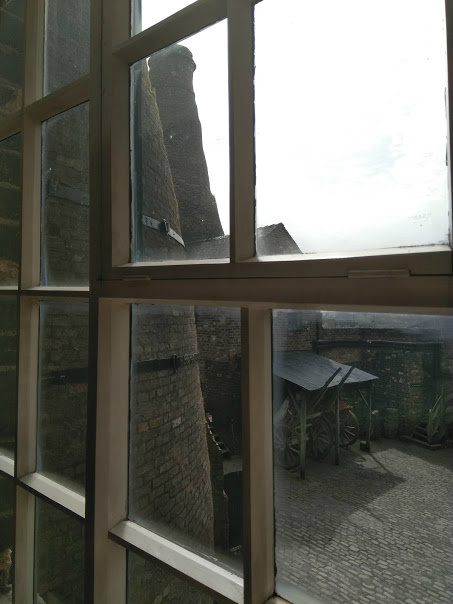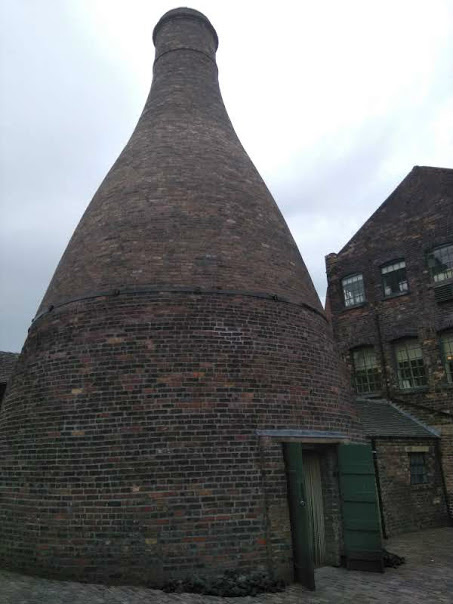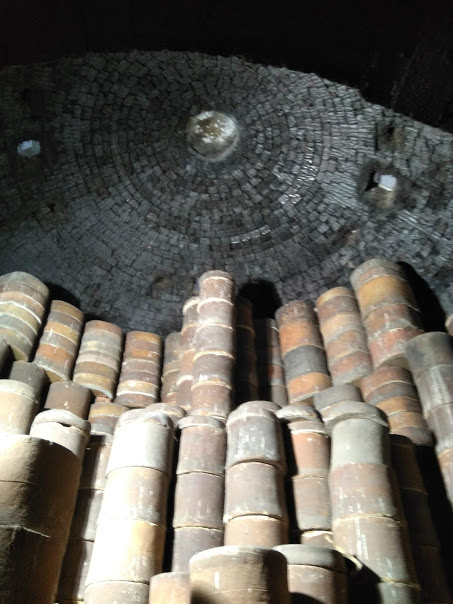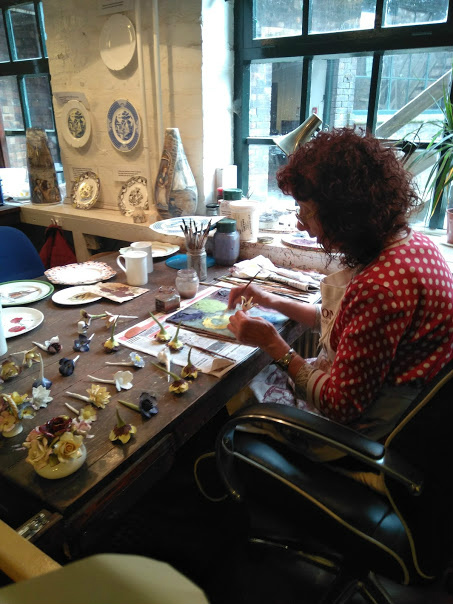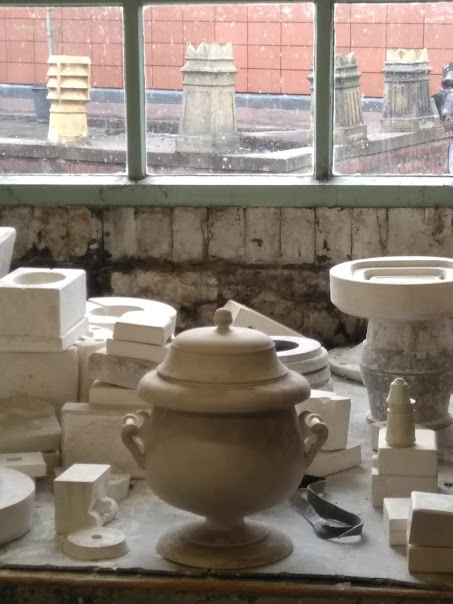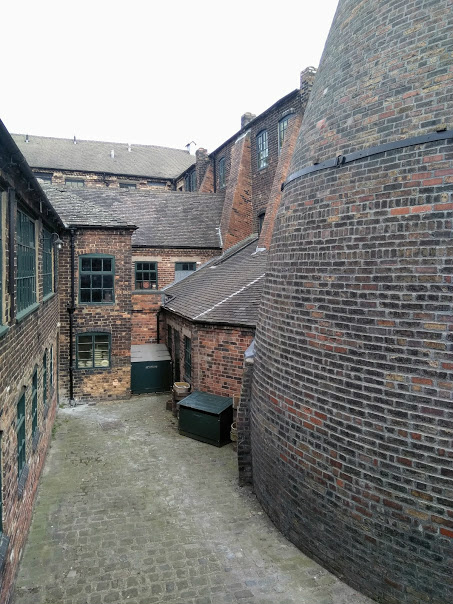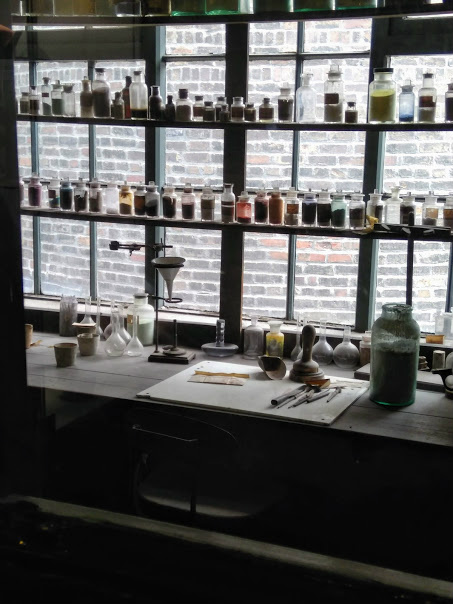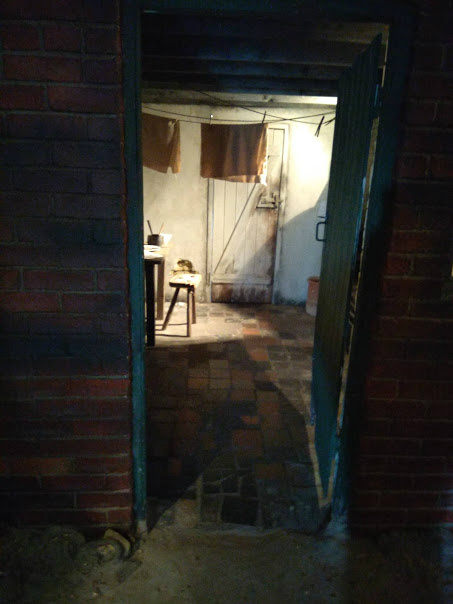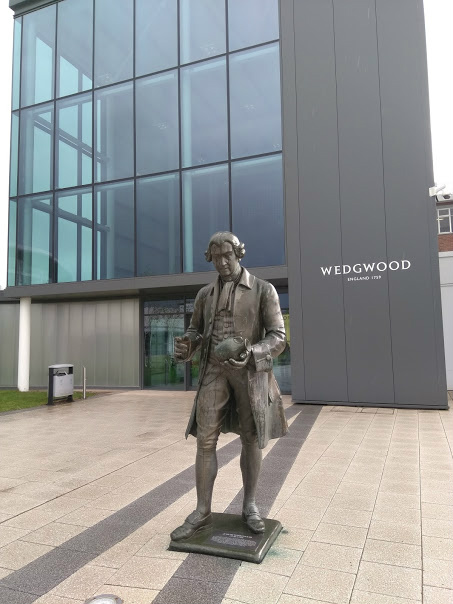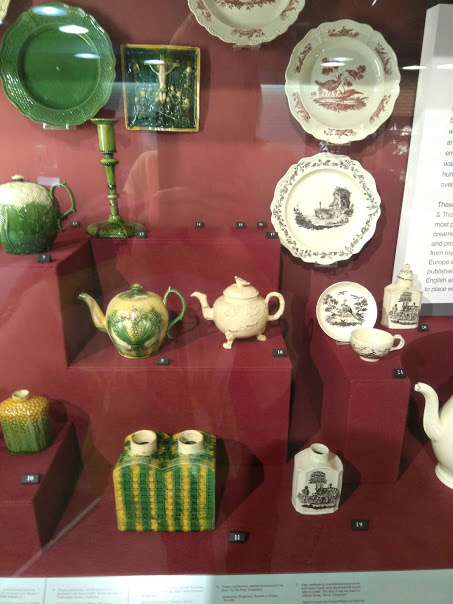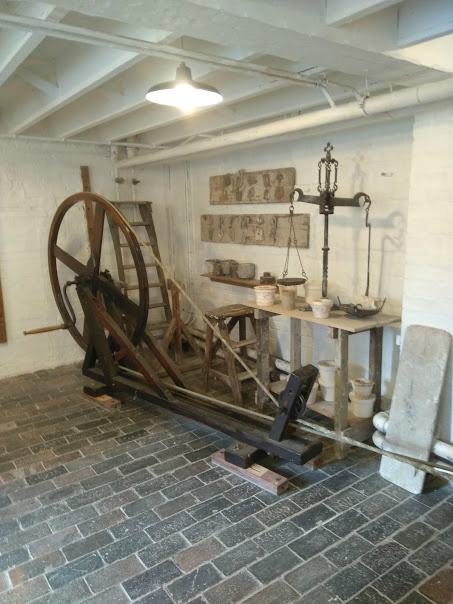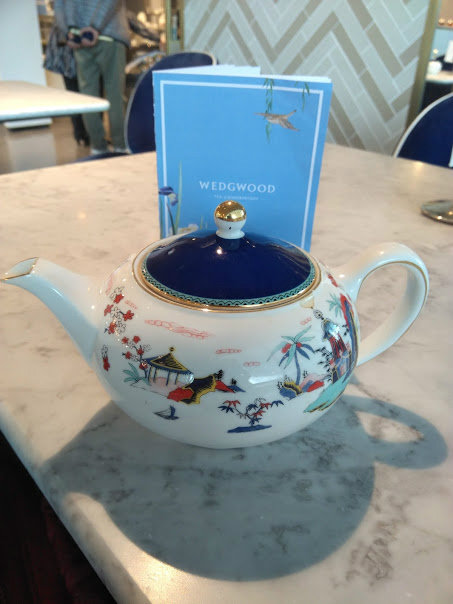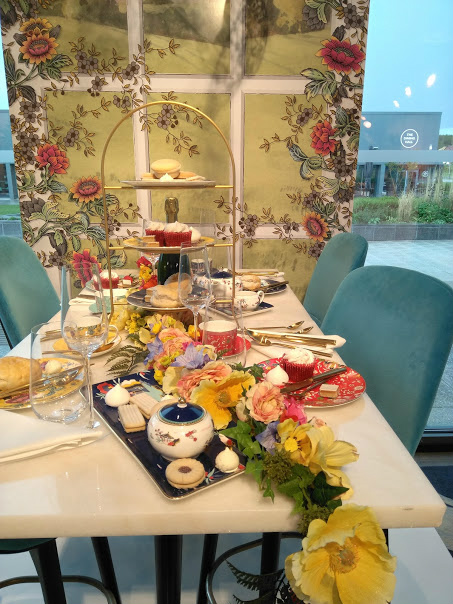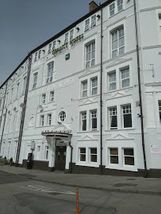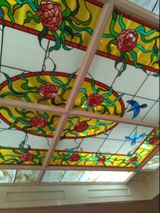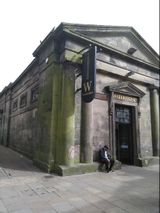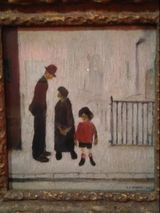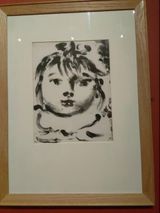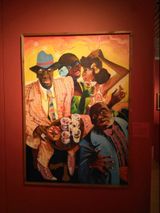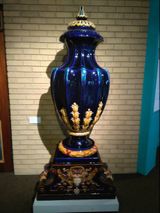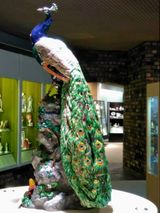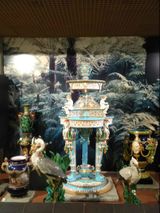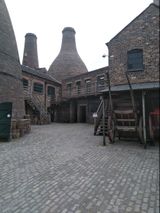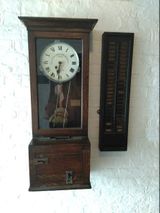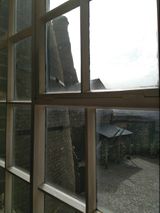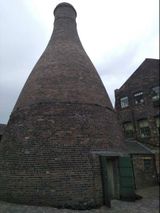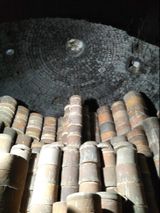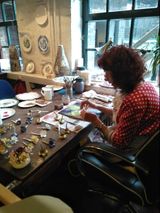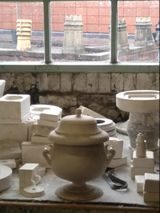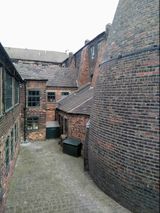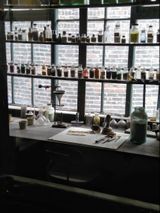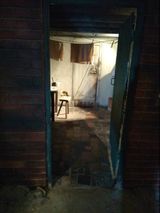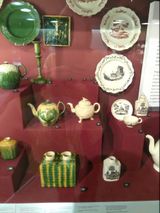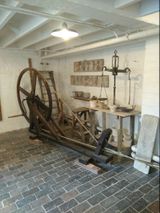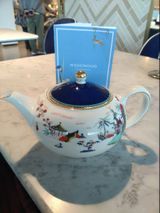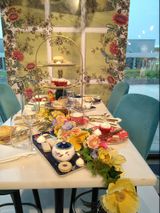Stoke-on-Trent, Hanley Art Gallery and Museum, Gladstone Pottery Museum, World of Wedgwood, April 23rd to 26th, 2019
We booked a short break to visit the fascinating cultural and industrial history of the North Staffordshire Pottery Towns. We stayed in the aptly named Quality Hotel in Hanley, which had its own interesting corners, such as where Waterstones lives, (in the fine old Meat Market buildings), an abandoned Art Nouveau Telephone Exchange Building and the Art Gallery and Museum. In the Art Gallery, kickstarted in 1924 by the donation of a local doctor's private collection, Picasso, Lowry and 'Zoot 58' artist June Burnett rubbed shoulders unexpectedly. It holds gigantic ceramic showpieces and a majolica extravaganza amongst its treasures. The Gladstone Victorian Bottle Kiln Pottery is now the only complete one of its kind, once common in the area, saved to show us how it really was and it does not spare you in the finding out of how it really was. The dumpy bottle kilns may look homely, even cosy to view now but were really the usual industrial revolution age hotbeds, literally, of poverty, exploited labour and work related ailments (potter's rot, lead poisoning and going blind from furnace heat being only a few of them). In fact, given that each specialist area was particular to families passing down their skills as the wonderfully named jiggers and jolleyers or saggar makers, for example, it's a wonder that they managed to hand them down at all given their life expectancies of forty odd, if you made it that far, that is. It was all very niche, too, people working on the different trade areas in their separate parts of the factory not even knowing one another as workmates during their lives as potters there, which seems incredible. The lady giving a demonstration of painting hand made bone china flowers was carrying on the tradition of her own family's skills, pointing out that it was only after the First World War that women were allowed to work at anything but basic backbreaking potter's assistant labouring, along with the children. The saying 'cheaper by the dozen' relates back to the piece work potters were paid for then. From there we visited the more rareified air of the modern 'World of Wedgwood' museum and coffee shop, where we enjoyed elegance and tea in the afternoon as a thunderstorm collapsed around us outside, emerging as the clouds parted to brave the complexity of the motorway bypasses and ringroads system back to Hanley. We saw quite a lot of them in a few unplanned tours as well, their twists having turned Google Maps as witless as my own navigation skills. Still, we got everywhere in the end.
Share this page
